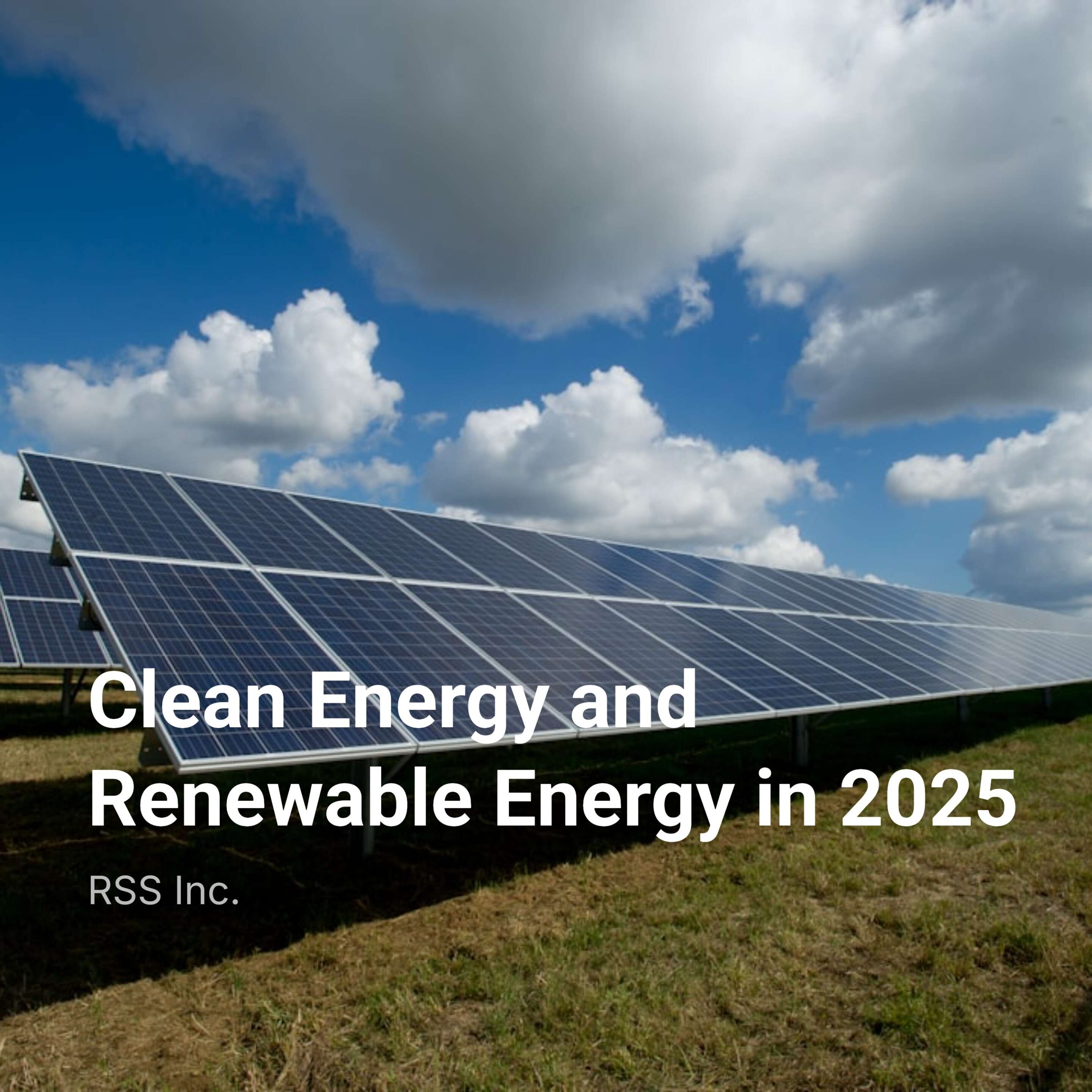The renewable energy revolution is transforming industries across the globe, and one of the lesser-discussed champions of this green shift is geothermal energy. At the heart of this sector lies a specialized and increasingly sought-after profession: geothermal engineers. These professionals are crucial to the design, development, and maintenance of systems that harness Earth’s natural heat for sustainable power generation and heating solutions.
Geothermal energy has been a reliable but underutilized source of renewable power for decades. In 2025, however, it’s finally taking its rightful place alongside solar and wind energy. With nations striving to meet ambitious carbon neutrality goals, governments and corporations are pouring investment into sustainable energy systems, including geothermal.
The global geothermal energy market is projected to grow from $7.8 billion in 2021 to $15.3 billion by 2030, with a compound annual growth rate (CAGR) of 7.1%. This growth is being driven by both technological advancements and increasing adoption of geothermal energy in regions like Southeast Asia, the United States, and parts of Europe. Notably, the U.S. Department of Energy’s “Enhanced Geothermal Shot” initiative aims to cut geothermal electricity costs by 90% by 2035, further incentivizing expansion.
These advancements mean that demand for geothermal engineers is soaring—and the talent pool is struggling to keep pace.
Geothermal engineers are specialized professionals who work at the intersection of geoscience, engineering, and renewable energy. They design systems to extract geothermal heat from beneath the Earth’s surface and convert it into usable energy. Their work involves feasibility studies, drilling operations, reservoir modeling, plant design, and performance optimization.
In practical terms, geothermal engineers may be responsible for:
With a skill set that spans engineering, geology, and energy systems, geothermal engineers are indispensable to sustainable energy projects.
To better understand why geothermal engineers are in such high demand, it’s important to dive deeper into the skills required for success in this niche field. Geothermal energy projects are highly technical and require a multidisciplinary approach. Engineers in this field must master a combination of technical expertise, environmental awareness, and project management skills. Below is an outline of the key competencies that make geothermal engineers indispensable to the renewable energy sector.
Geothermal engineers need a strong foundation in several engineering disciplines, including:
Geothermal energy projects must comply with environmental regulations and minimize ecological disruption. Engineers in this field need to:
Geothermal energy projects are large-scale undertakings that require collaboration among multiple stakeholders, including geologists, engineers, construction crews, and policymakers. Geothermal engineers often take on leadership roles, requiring them to:
To fully appreciate the value that geothermal engineers bring to the table, it’s worth exploring the diverse applications of geothermal energy. While geothermal power plants are the most prominent use case, this renewable energy source has a wide range of other applications that make it a versatile contributor to a sustainable energy future.
Geothermal power plants harness heat from the Earth to produce electricity. These plants can operate in different ways depending on the geothermal resource:
Geothermal power generation is particularly advantageous because it provides baseload energy, meaning it can supply consistent power regardless of weather conditions. This sets it apart from intermittent renewables like solar and wind.
In addition to generating electricity, geothermal energy can be used directly for heating purposes. Examples include:
Geothermal heat pumps (GHPs) are a highly efficient technology that uses the stable temperatures found just below the Earth’s surface for heating and cooling buildings. These systems are widely used in residential, commercial, and industrial settings. Unlike geothermal power plants, which rely on high-temperature resources, GHPs take advantage of low-temperature geothermal energy and can be installed virtually anywhere.
As the geothermal sector continues to expand, new technologies and approaches are shaping the future of the industry. These innovations are helping to overcome traditional barriers, such as high upfront costs and limited accessibility to geothermal resources. Below are some of the most exciting trends in geothermal engineering:
Traditional geothermal systems rely on naturally occurring reservoirs of heat, water, and permeability. However, these resources are not available everywhere. Enhanced Geothermal Systems (EGS) aim to unlock geothermal potential in areas without naturally occurring reservoirs by artificially creating the necessary conditions. Engineers do this by:
EGS has the potential to drastically expand the geographic availability of geothermal energy, making it a game-changer for the industry.
Geothermal energy is increasingly being integrated with other renewable energy sources to create hybrid systems. For example:
In regions facing water scarcity, geothermal energy is being used to power desalination plants. These facilities use geothermal heat to remove salt and other impurities from seawater, providing a sustainable solution for clean drinking water.
Geothermal energy projects offer several economic benefits, both at the local and national levels. These include:
Geothermal energy is one of the cleanest sources of power available today. Its environmental benefits include:
The distribution of geothermal resources varies across the globe, but many countries are leveraging their natural advantages to expand geothermal energy production.
The U.S. remains a global leader in geothermal energy, with an installed capacity of over 3.7 GW. California’s Geysers Geothermal Complex is the largest geothermal field in the world, producing enough electricity to power hundreds of thousands of homes.
As part of the Pacific Ring of Fire, Indonesia has immense geothermal potential. The country aims to become the world’s largest geothermal producer by 2030, with plans to develop an additional 3 GW of capacity.
Nearly 90% of Iceland’s homes are heated with geothermal energy, and the country generates roughly 30% of its electricity from geothermal sources. Iceland’s success demonstrates the potential for geothermal to power entire nations sustainably.
Kenya is a leader in geothermal energy development in Africa, with the Olkaria Geothermal Power Plant contributing significantly to the nation’s electricity supply. Geothermal now accounts for more than 40% of Kenya’s energy mix.
Despite its many benefits, geothermal energy remains underutilized due to misconceptions and outdated perceptions. Addressing these myths can help encourage broader adoption:
Despite the rising importance of geothermal energy, staffing the sector is not without its hurdles. Companies looking to expand their geothermal operations face significant challenges in attracting and retaining the skilled professionals they need. These issues stem from several factors:
Geothermal engineering is a highly specialized field, and there aren’t enough qualified professionals to meet the growing demand. While programs in renewable energy engineering are on the rise, geothermal-specific education and training opportunities remain limited. As of 2025, only a handful of universities offer dedicated geothermal engineering programs, which means that companies often compete fiercely for the same small pool of graduates.
Geothermal projects require professionals who can blend knowledge from multiple disciplines, including civil engineering, environmental science, and thermodynamics. It’s rare to find candidates with both the academic background and the practical experience needed for complex geothermal projects, creating a skills gap that recruiters struggle to close.
Many geothermal resources are located in remote or underdeveloped areas. For instance, hotspots like the Pacific Ring of Fire, Iceland, and parts of Kenya are rich in geothermal potential, but staffing these projects often involves relocating engineers to isolated sites, which isn’t always appealing.
With the explosion of renewable energy sectors like wind and solar, geothermal companies often lose skilled engineers to competitors in these industries. The broader appeal of these sectors—combined with faster project timelines and more accessible locations—can lure away potential geothermal talent.
To meet the demand for geothermal engineers, staffing strategies need to adapt. Here are some approaches that companies and recruiters can employ to secure top talent in 2025:
Developing partnerships with universities is one of the most effective ways to cultivate a future workforce. Companies can sponsor geothermal engineering programs, offer scholarships, and create internship opportunities that expose students to the field early on. For instance, Iceland’s University of Reykjavik has collaborated with energy firms to train geothermal engineers, providing a model for similar initiatives globally.
Retraining professionals from adjacent fields—such as petroleum engineering or mechanical engineering—is a practical way to fill roles. By providing targeted training in geothermal technology, companies can bridge the gap between existing skill sets and the unique demands of geothermal projects.
Attracting talent to geothermal projects in remote locations often requires offering competitive salaries, relocation packages, and extended vacation policies. Flexible work arrangements, including rotational schedules, can also make remote assignments more appealing.
With geothermal energy projects thriving in regions like Southeast Asia, East Africa, and parts of South America, companies can tap into global talent pools. This may involve recruiting internationally and offering visa sponsorships to bring skilled engineers to project sites.
Here are some key statistics that highlight the importance of geothermal energy and the engineers driving its success:
The world’s transition to a low-carbon future depends on a diverse mix of renewable energy sources, and geothermal energy provides unique advantages that complement solar and wind. Unlike these intermittent sources, geothermal power offers 24/7 baseload energy, making it a reliable backbone for the energy grid.
Geothermal engineers are instrumental in unlocking this potential. Their expertise allows for:

Staffing Trends and Opportunities As the world accelerates its transition to sustainable energy, clean and renewable energy sectors are set to grow significantly in...

What It Takes to Build a Solar Workforce The solar industry is no longer a niche sector. It has become one of the fastest-growing...

RSS labor strike security personnel are highly trained to handle the complexities of labor disputes, such as strikes and plant closures. Our team has...